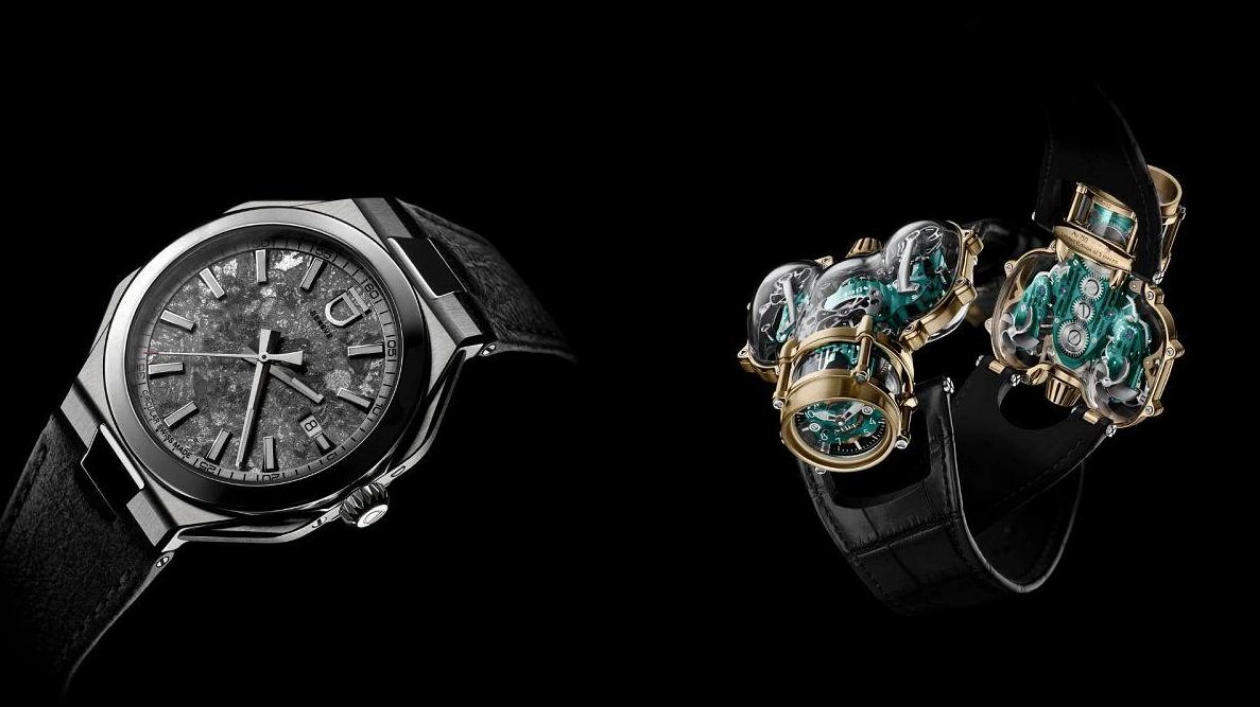The 'Oscars' of the watchmaking world, the Grand Prix d'Horlogerie de Genève (GPHG), will be held on November 13, featuring a new 'eco-innovation' prize. This award will be presented to one of the 90 competing timepieces that emphasize sustainability and traceability in their developments. Previously known as 'innovation,' this category now focuses specifically on environmental impact.
IWC Schaffhausen recently announced a patent-pending luminous ceramic, set to debut on their watches soon. In 2020, H. Moser & Cie introduced a watch with a Vantablack dial, absorbing 99.965% of visible light, making it the darkest material available. Over the past decade, advancements in precious materials like sapphire cases and scratchproof gold have been significant.
Maximilian Büsser, CEO of MB&F, emphasizes that sustainability-driven innovation should be the norm in watchmaking. He notes that MB&F has been a pioneer in using materials like Zirconium and Palladium, and in pushing the boundaries of sapphire crystal manufacturing.
New sustainable strap materials are also emerging. ID Genève, a B Corp-certified Swiss luxury watch brand, launched its Elements collection in August, featuring straps made from grape leather, vegetal rubber, and a recyclable hemp-based material. Hublot's CEO, Julien Tornare, recently introduced a cactus leather strap, reflecting a sustainable approach linked to local culture.
The urgent need to reduce cattle farming's environmental impact has spurred a market for alternatives. Luxury watches, with their high price points and small production runs, are ideal partners for material innovators. Many new materials come at a premium due to R&D costs and are yet to scale for other industries like fashion and interiors.
Tornare believes this approach attracts younger consumers, showing that watchmaking is evolving. Ulysse Nardin's latest watch, made from almost entirely recycled materials, sets an example for conscious luxury. Jean-Christophe Sabatier, Ulysse Nardin's chief product officer, notes that while the luxury watch industry's footprint is low, sustainable products can lead by example.
Sabatier adds that suppliers are also innovating sustainably. Future developments may focus on reducing plastics and the impact of gold and sapphire production. At Hublot, Tornare sees innovative materials as central to the brand's future.
Source link: https://www.euronews.com






